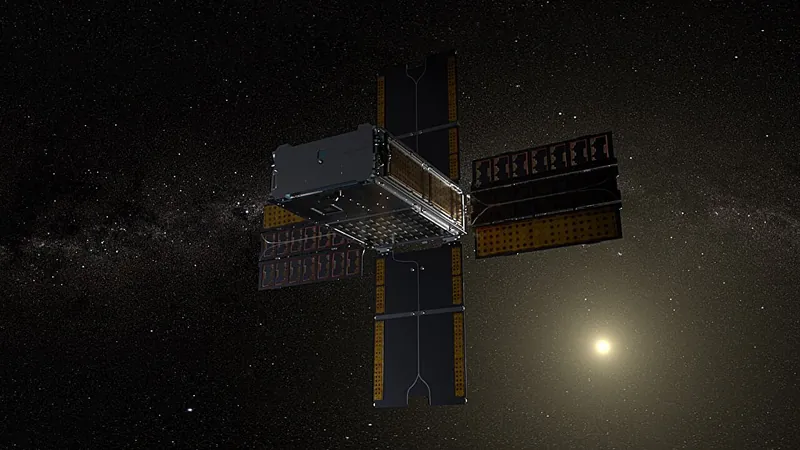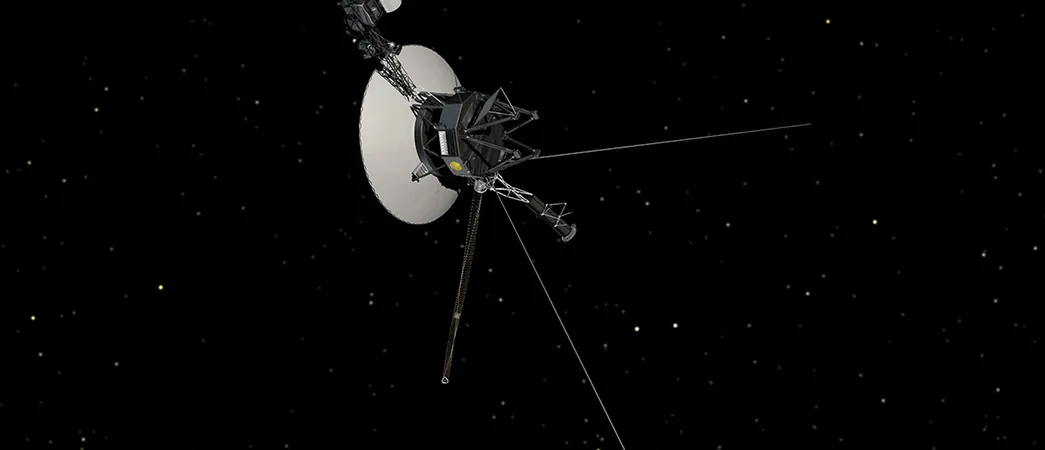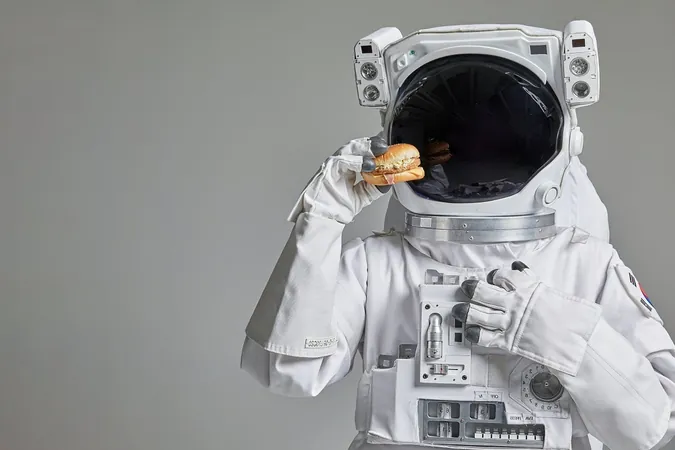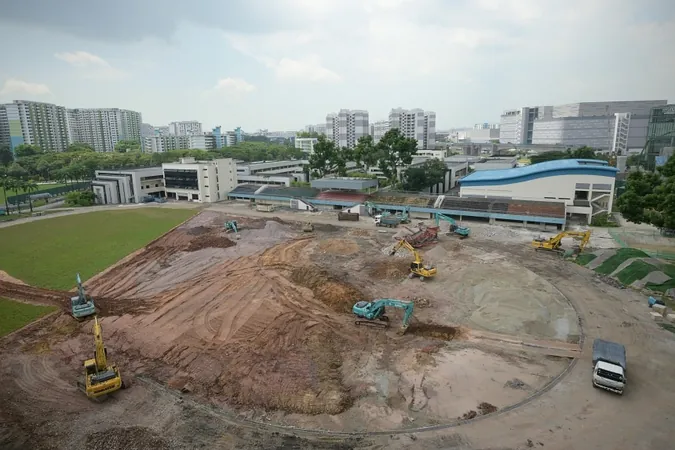
NASA's BioSentinel: Pioneering Space Radiation Research Amid Spectacular Aurora Displays!
2024-09-27
Author: Arjun
NASA's BioSentinel: Pioneering Space Radiation Research Amid Spectacular Aurora Displays!
In May 2024, Earth was treated to a breathtaking display of auroras, sparked by a powerful geomagnetic storm—a phenomenon that occurs when coronal mass ejections (CMEs) from the Sun interact dramatically with our planet's magnetic field. These light shows serve as a visual reminder of the Sun's dynamic nature, but they also raise critical questions about the survival of humans in the harsh environment of space. As NASA eyes future missions to the Moon and Mars, understanding the risks posed by solar radiation becomes paramount.
During the geomagnetic storm in May, NASA's BioSentinel spacecraft was hard at work, collecting vital data on radiation exposure in deep space. As Sergio Santa Maria, the principal investigator for the BioSentinel mission at NASA's Ames Research Center, points out, “This unique phase of the solar cycle offers us a rare opportunity to gather information about space radiation that is crucial not only for heliophysics but also for planning future crewed missions beyond low Earth orbit.”
BioSentinel, roughly the size of a cereal box and now located over 30 million miles from Earth, bravely endured this intense solar activity without the protective magnetosphere we enjoy on our planet. While preliminary data suggests that this particular geomagnetic event was severe enough to disturb Earth's magnetic field, it was classified as only a moderate radiation storm—not posing significant risks to life forms, even in the absence of protective shielding.
The insights gleaned from BioSentinel are invaluable for scientists striving to understand the behavior of solar radiation storms and their influence on potential life beyond Earth. Initially designed to study yeast samples in space, BioSentinel has adapted its mission. Although the yeast are no longer viable, the data generated continues to evolve our understanding of deep space conditions.
The spacecraft employs a biosensor to measure radiation levels, providing a wealth of information as it ventures farther into the cosmos. Launched in November 2022, BioSentinel operates at an increasing distance from our planet, delivering insights that could shape future space travel strategies.
Despite the biological component of the BioSentinel mission being completed shortly after launch, Santa Maria believes its ongoing operation highlights the potential for CubeSats and similar technology in long-term space explorations. He affirmed, “Communicating effectively with BioSentinel underscores the mission's significant scientific value and its potential for future missions that venture beyond our protective atmosphere.”
As we gaze at the mesmerizing auroras that dance across our skies, we are reminded of the unseen forces at play in our universe. Missions like BioSentinel are crucial for understanding these forces and investigating the risks associated with human exploration beyond the bounds of Earth. The quest for knowledge continues, and with each piece of data collected, the enigmatic relationship between solar activity and life in space becomes clearer—bringing us one step closer to safely exploring the final frontier!




 Brasil (PT)
Brasil (PT)
 Canada (EN)
Canada (EN)
 Chile (ES)
Chile (ES)
 España (ES)
España (ES)
 France (FR)
France (FR)
 Hong Kong (EN)
Hong Kong (EN)
 Italia (IT)
Italia (IT)
 日本 (JA)
日本 (JA)
 Magyarország (HU)
Magyarország (HU)
 Norge (NO)
Norge (NO)
 Polska (PL)
Polska (PL)
 Schweiz (DE)
Schweiz (DE)
 Singapore (EN)
Singapore (EN)
 Sverige (SV)
Sverige (SV)
 Suomi (FI)
Suomi (FI)
 Türkiye (TR)
Türkiye (TR)